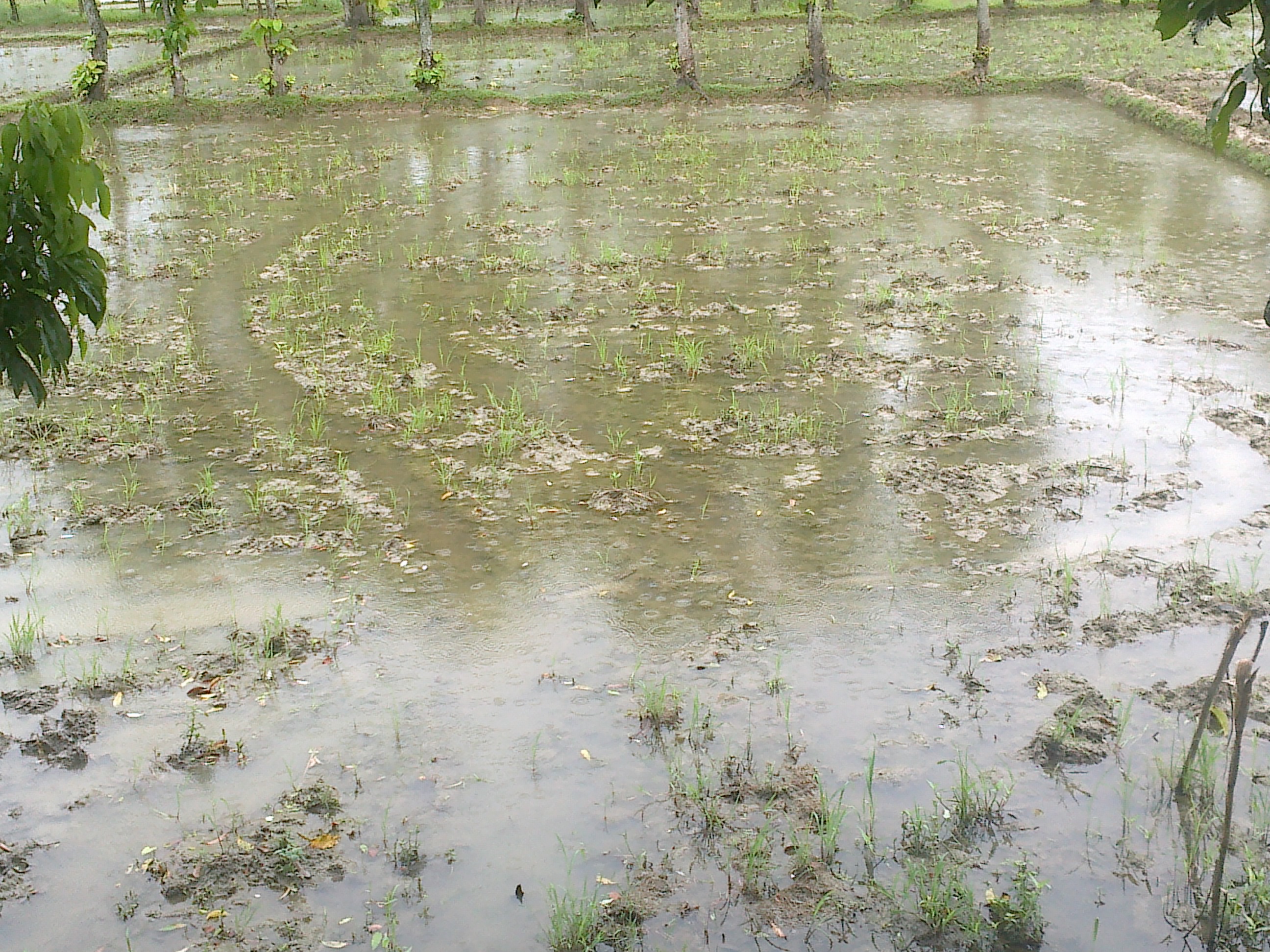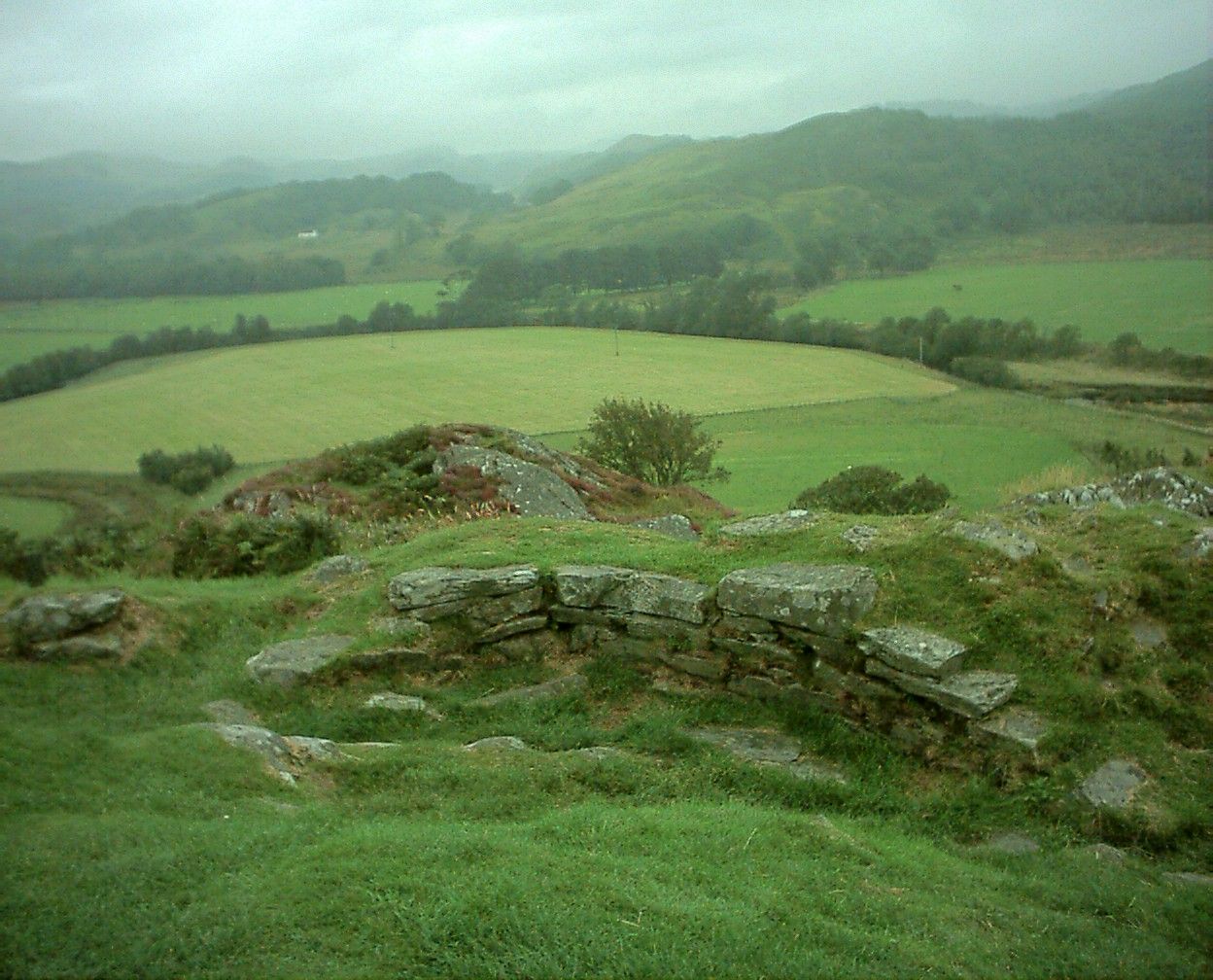|
Clwydian Range And Dee Valley
The Clwydian Range and Dee Valley () is a designated Area of Outstanding Natural Beauty (AONB; also known as a ''National Landscape'') located in north-east Wales, covering the Clwydian Range (), and the valley of the River Dee, Wales, River Dee (). Designated in 1985 as the Clwydian Range AONB, and expanded to its current extent in 2011, the Area of Outstanding Natural Beauty includes: Wales in the Middle Ages, medieval field systems, open Ericaceae, heather moorland, prehistoric Hillforts in Britain, hillforts, limestone Crag and tail, crags, Broad-leaved tree, broad leaved woodland, wooded valleys, and farmland. The AONB falls within the jurisdiction of the Local authorities in Wales, local authorities of Denbighshire, Flintshire, and Wrexham County Borough, with the majority, 80% of the AONB in Denbighshire, and the remaining 20% split evenly between the other two authorities. The AONB is the Areas of Outstanding Natural Beauty in Wales, largest of only five AONBs in Wa ... [...More Info...] [...Related Items...] OR: [Wikipedia] [Google] [Baidu] |
IUCN
The International Union for Conservation of Nature (IUCN) is an international organization working in the field of nature conservation and sustainable use of natural resources. Founded in 1948, IUCN has become the global authority on the status of the natural world and the measures needed to safeguard it. It is involved in data gathering and Data analysis, analysis, research, field projects, advocacy, and education. IUCN's mission is to "influence, encourage and assist societies throughout the world to conserve nature and to ensure that any use of natural resources is equitable and ecologically sustainable". Over the past decades, IUCN has widened its focus beyond conservation ecology and now incorporates issues related to sustainable development in its projects. IUCN does not itself aim to mobilize the public in support of nature conservation. It tries to influence the actions of governments, business and other stakeholders by providing information and advice and through buildin ... [...More Info...] [...Related Items...] OR: [Wikipedia] [Google] [Baidu] |
Local Authorities In Wales
Local government in Wales is primarily undertaken by the twenty-two principal councils. The councils are Unitary authority, unitary authorities, meaning they are responsible for providing local government services within their Principal areas of Wales, principal area, including education, social work, environmental protection, and most highway maintenance. The principal areas are divided into Community (Wales), communities, most of which have an elected community council. The services provided by community councils vary, but they will typically maintain public spaces and facilities. Local councils in Wales are elected; the most recent 2022 Welsh local elections, local elections in Wales took place in 2022, and the 2027 Welsh local elections, next are due to take place in 2027. Governance Local government is generally supervised by the (devolved) Welsh Ministers, who allocate funding of the majority of local government yearly revenue and capital settlements. The Government of Wales ... [...More Info...] [...Related Items...] OR: [Wikipedia] [Google] [Baidu] |
Farmland
Agricultural land is typically land ''devoted to'' agriculture, the systematic and controlled use of other forms of lifeparticularly the rearing of livestock and production of cropsto produce food for humans. It is generally synonymous with both farmland or cropland, as well as pasture or rangeland. The United Nations Food and Agriculture Organization (FAO) and others following its definitions, however, also use ''agricultural land'' or as a term of art, where it means the collection of: * '' arable land'' (also known as ''cropland''): here redefined to refer to land producing crops requiring annual replanting or fallowland or pasture used for such crops within any five-year period * '' permanent cropland'': land producing crops which do not require annual replanting * ''permanent pastures'': natural or artificial grasslands and shrublands able to be used for grazing livestock This sense of "agricultural land" thus includes a great deal of land not devoted to agricultural use ... [...More Info...] [...Related Items...] OR: [Wikipedia] [Google] [Baidu] |
Woodland
A woodland () is, in the broad sense, land covered with woody plants (trees and shrubs), or in a narrow sense, synonymous with wood (or in the U.S., the '' plurale tantum'' woods), a low-density forest forming open habitats with plenty of sunlight and limited shade (see differences between British, American and Australian English explained below). Some savannas may also be woodlands, such as ''savanna woodland'', where trees and shrubs form a light canopy. Woodlands may support an understory of shrubs and herbaceous plants including grasses. Woodland may form a transition to shrubland under drier conditions or during early stages of primary or secondary succession. Higher-density areas of trees with a largely closed canopy that provides extensive and nearly continuous shade are often referred to as forests. Extensive efforts by conservationist groups have been made to preserve woodlands from urbanization and agriculture. For example, the woodlands of Northwest Indiana ha ... [...More Info...] [...Related Items...] OR: [Wikipedia] [Google] [Baidu] |
Broad-leaved Tree
A broad-leaved, broad-leaf, or broadleaf tree is any tree within the diverse botanical group of angiosperms that has flat leaves and produces seeds inside of fruits. It is one of two general types of trees, the other being a conifer, a tree with needle-like or scale-like leaves and seeds borne in woody cones. Broad-leaved trees are sometimes known as hardwoods. Most deciduous trees are broad-leavedLee, S. and A. RafloTrees and Water. Virginia Water Resources Research Center. Virginia Tech. but some are coniferous, like larches. U.S. Department of Agriculture Tree types Gallery [...More Info...] [...Related Items...] OR: [Wikipedia] [Google] [Baidu] |
Crag And Tail
A crag (sometimes spelled cragg, or in Scotland craig) is a rocky hill or mountain, generally isolated from other high ground. Origin Crags are formed when a glacier or ice sheet passes over an area that contains a particularly resistant rock formation (often granite, a volcanic plug or some other volcanic structure). The force of the glacier erodes the surrounding softer material, leaving the rocky block protruding from the surrounding terrain. Frequently the crag serves as a partial shelter to softer material in the wake of the glacier, which remains as a gradual fan or ridge forming a tapered ramp (called the tail) up the leeward side of the crag. In older examples, or those latterly surrounded by the sea, the tail is often missing, having been removed by post-glacial erosion. Examples Examples of crag and tail formations include: * Castle Rock (the crag, site of Edinburgh Castle) and the Royal Mile (the tail), in Edinburgh, Scotland * Salisbury Crags and Arthur's ... [...More Info...] [...Related Items...] OR: [Wikipedia] [Google] [Baidu] |
Limestone
Limestone is a type of carbonate rock, carbonate sedimentary rock which is the main source of the material Lime (material), lime. It is composed mostly of the minerals calcite and aragonite, which are different Polymorphism (materials science), crystal forms of calcium carbonate . Limestone forms when these minerals Precipitation (chemistry), precipitate out of water containing dissolved calcium. This can take place through both biological and nonbiological processes, though biological processes, such as the accumulation of corals and shells in the sea, have likely been more important for the last 540 million years. Limestone often contains fossils which provide scientists with information on ancient environments and on the evolution of life. About 20% to 25% of sedimentary rock is carbonate rock, and most of this is limestone. The remaining carbonate rock is mostly Dolomite (rock), dolomite, a closely related rock, which contains a high percentage of the mineral Dolomite (mine ... [...More Info...] [...Related Items...] OR: [Wikipedia] [Google] [Baidu] |
Hillforts In Britain
Hillforts in Britain refers to the various hillforts within the island of Great Britain. Although the earliest such constructs fitting this description come from the Neolithic British Isles, with a few also dating to later Bronze Age Britain, British hillforts were primarily constructed during the British Iron Age. Some of these were apparently abandoned in the southern areas that were a part of Roman Britain, although at the same time, those areas of northern Britain that remained free from Roman occupation saw an increase in their construction. Some hillforts were reused in the Early Middle Ages, and in some rarer cases, into the later medieval period as well. By the early modern period, these had essentially all been abandoned, with many being excavated by archaeology, archaeologists in the nineteenth century onward. There are around 3,300 structures that can be classed as hillforts or similar "defended enclosures" within Britain. Most of these are clustered in certain regions: s ... [...More Info...] [...Related Items...] OR: [Wikipedia] [Google] [Baidu] |
Moorland
Moorland or moor is a type of Habitat (ecology), habitat found in upland (geology), upland areas in temperate grasslands, savannas, and shrublands and the biomes of montane grasslands and shrublands, characterised by low-growing vegetation on Soil pH, acidic soils. Moorland today generally means uncultivated hill land (such as Dartmoor in South West England), but also includes low-lying wetlands (such as Sedgemoor, also South West England). It is closely related to heath, although experts disagree on the exact distinction between these types of vegetation. Generally, moor refers to Highland (geography), highland and high rainfall areas, while heath refers to lowland zones which are more likely to be the result of human activity. Moorland habitats are found mainly in Tropics, tropical Africa, Northern Europe, northern and western Europe, and South America. Most of the world's moorlands are diverse ecosystems. In the extensive moorlands of the tropics, biodiversity can be extremely ... [...More Info...] [...Related Items...] OR: [Wikipedia] [Google] [Baidu] |
Ericaceae
The Ericaceae () are a Family (biology), family of flowering plants, commonly known as the heath or heather family, found most commonly in acidic and infertile growing conditions. The family is large, with about 4,250 known species spread across 124 genera, making it the 14th most species-rich family of flowering plants. The many well known and economically important members of the Ericaceae include the cranberry, blueberry, huckleberry, rhododendron (including azaleas), and various common heaths and heathers (''Erica (plant), Erica'', ''Cassiope'', ''Daboecia'', and ''Calluna'' for example). Description The Ericaceae contain a morphologically diverse range of taxa, including Herbaceous plant, herbs, chamaephyte, dwarf shrubs, shrubs, and trees. Their leaves are usually evergreen, alternate or whorled, simple and without stipules. Their flowers are Plant sexuality#Individual plant sexuality, hermaphrodite and show considerable variability. The petals are often fused (sympetalous ... [...More Info...] [...Related Items...] OR: [Wikipedia] [Google] [Baidu] |
Field System
The study of field systems (collections of fields) in landscape history is concerned with the size, shape and orientation of a number of fields. These are often adjacent, but may be separated by a later feature. Field systems by region Czech Republic In the Czech Republic (ancient Bohemia, Moravia and Czech Silesia), Ervín Černý undertook a study of medieval field systems. England Although agriculture was practised earlier, the earliest recognisable field systems in England are neolithic. Cairnfields, which are pre-historic in date, are found in upland areas. They contain scattered stones and boulders and originated in surface clearance for agriculture.''Field Systems'', English Heritage, May, 2011 So called Celtic fields can date from the Bronze Age through to the early Middle Ages. These fields are typically small and rectangular. They are frequently coaxial - that is they form a system in which the boundaries of adjacent fields make a series of long, roughly parallel line ... [...More Info...] [...Related Items...] OR: [Wikipedia] [Google] [Baidu] |







